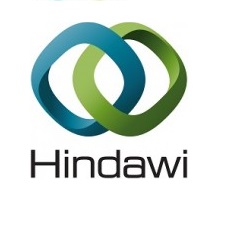Discussion
Summary of Findings.
We have mapped the extent, nature, and rationale of research activity in robotic or computerized mirror therapy. Te main sources and types of evidence available about the efectiveness of these therapies for any indication are case series or reports. Only fve RCTs on conventional versus second-generation mirror therapy exist, and fve on second-generation mirror therapy versus conventional rehabilitation. Owing to the heterogeneity of included studies, a meta-analysis was not considered to be appropriate. Tere is either an absence of a rationale, or a nonevidence-based rationale to justify the conduct of studies on the efcacy of second-generation mirror therapy, despite public funding. Disclosure of confict of interest was missing for a majority of the included studies.
Strengths and Weaknesses of the Review.
Te major strength of this review is the extensive search in 6 electronic databases, especially in the search engine of the world’s largest technical professional organization dedicated to advancing technology (IEEE Xplore). Moreover, the inclusion criteria were broad: seven languages were accepted, as well as any type of design. A potential limitation is that the search was conducted only in English or French in the electronic databases. However, about 1/3 of the studies included come from the Asian continent. Scientifc document in Asian language (and particularly Chinese) being prevalent [92], it is possible that there are other studies of better quality in Asian language. However, we systematically reviewed the references lists of included studies, and we have not identifed bibliographic references in Asian language in articles by Asian authors. Te large number of diferent types of device name (see Table S3 in Supplementary Materials) probably explains the high number of studies included thanks to the complementary search. Te main search did not take into account all the keywords, but this scoping review allowed identifying these keywords in a more exhaustive way.








